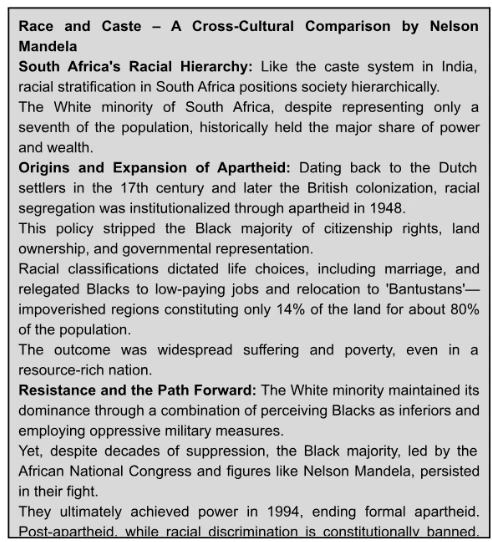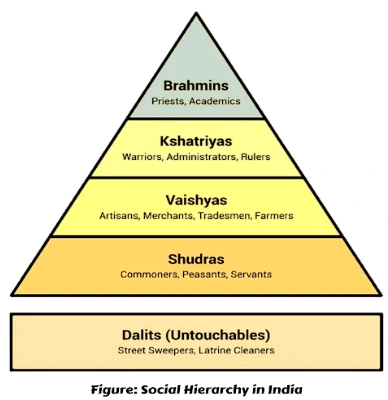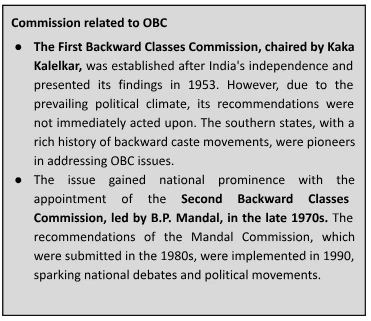![]() 11 Dec 2023
11 Dec 2023
India’s caste system, deeply rooted in history, is a unique institution legitimising discrimination based on one’s caste at birth. It is inherently exclusionary, exploitative, and humiliating. Traditionally, castes not only determined one’s occupation but also one’s position in the societal hierarchy.




<div class="new-fform">
</div>